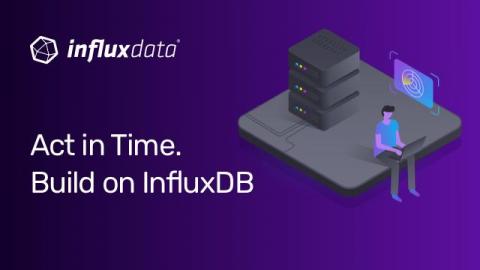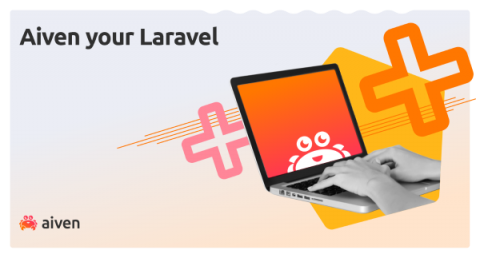Operations | Monitoring | ITSM | DevOps | Cloud
Analytics
How to Get Started with JavaScript and InfluxDB
This article was written by Nicolas Bohorquez and was originally published in The New Stack. Scroll below for the author’s picture and bio. Telegraf is the preferred way to collect data for InfluxDB. Though in some use cases, client libraries are better, such as when parsing a stream of server-side events. In this tutorial, you’ll learn how to read a data stream, store it as a time series into InfluxDB and run queries over the data using InfluxDB’s JavaScript client library.
Spark Performance Management Optimization Best Practices | Pepperdata
How to Optimize Spark Enterprise Application Performance | Pepperdata
How to Maximize the Value Of Your Big Data Analytics Stack Investment
How DevOps Can Reduce the Runaway Waste and Cost of Autoscaling
Big Data Performance Management Solution Top Considerations
How to Parse JSON with Telegraf into InfluxDB Cloud
In Telegraf 1.19 we released a new JSON parser (json_v2). The original parser suffered from an inflexible configuration, and there were a handful of pretty common cases where data could not be parsed. While a lot of edge cases for parsing can be resolved using the Starlark processor, it is still a more advanced approach that requires writing scripts. We have made a lot of enhancements to the new JSON parser that can help you easily read in your JSON data into InfluxDB.
Add Aiven database magic to your Laravel project
Reducing the Carbon Footprint of the Manufacturing Industry with the Power of Data
As the world watches the UN Climate Conference unfold in Glasgow, the manufacturing industry is under increased pressure to reduce its CO2 emissions. Companies are stepping up to the challenge, but much more remains to be done to keep climate change under control. Digitalization is part of the solution. The Power of Data has much to offer such as environmentally friendly manufacturing, efficient logistics, improved building and energy management and optimized renewable energy production.











